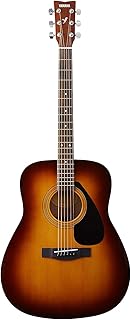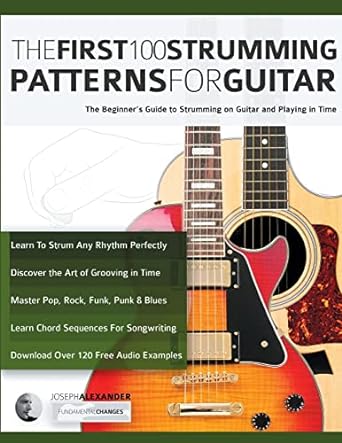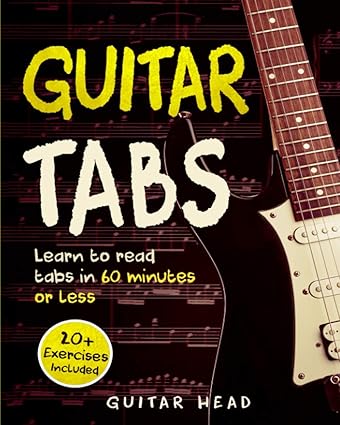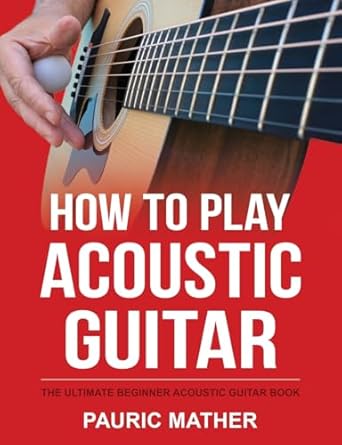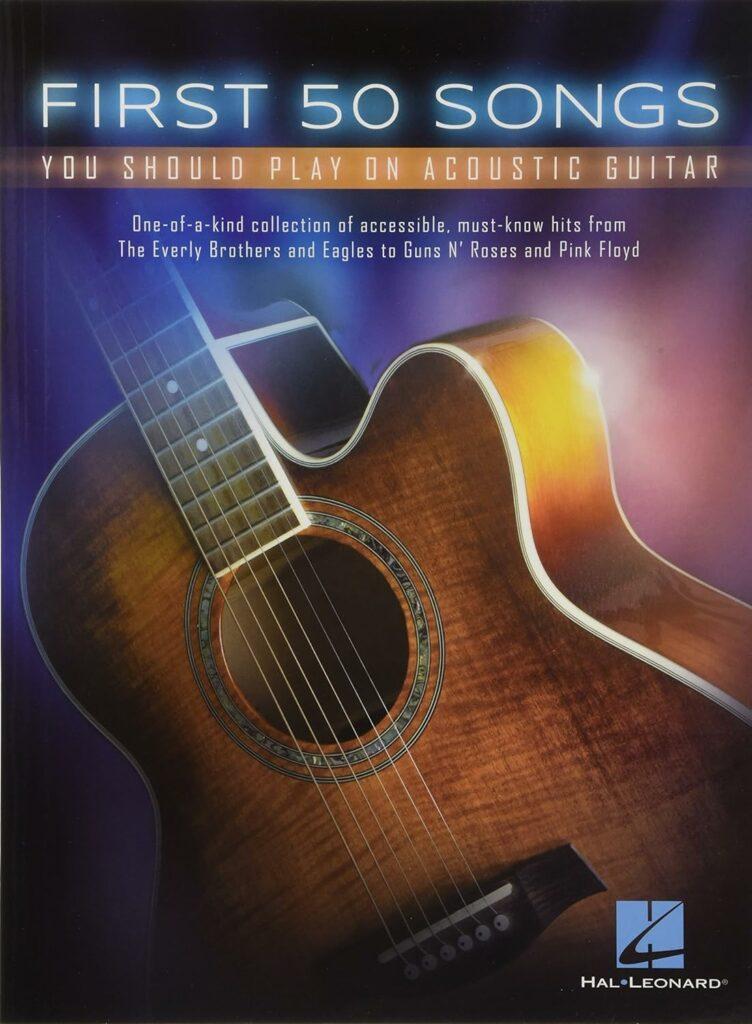Starting to play guitar can be an exciting and rewarding journey. This guide will walk you through the essentials, from choosing your first guitar to learning your first chords, so you can start playing with confidence.

1. Choosing Your First Guitar
- Acoustic vs. Electric: For beginners, an acoustic guitar can be a good choice since it doesn’t require additional equipment like an amplifier. However, if you’re interested in rock or metal, you may want to start with an electric guitar.
- Size and Comfort: Make sure the guitar you choose feels comfortable to hold and play. Try out different sizes to see what fits best for your hands and body size.
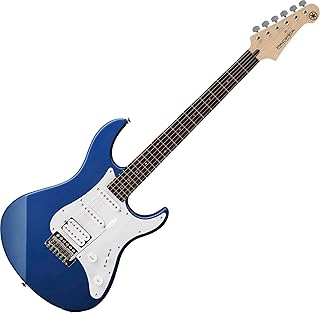
2. Essential Guitar Accessories
- Picks: Guitar picks come in various sizes and thicknesses. Beginners usually start with a medium thickness, as it provides a balance between flexibility and control.
- Tuner: Keeping your guitar in tune is essential. You can use a clip-on tuner or a tuning app to ensure you’re always in tune.
- Capo: A capo is used to change the key of the guitar by clamping down on the frets. It’s a useful tool for playing along with songs in different keys.
- Guitar Strap and Stand: A strap helps you play comfortably while standing, and a stand keeps your guitar safe when not in use.
3. Understanding the Parts of the Guitar
- Body: This is the main part of the guitar and comes in different shapes for acoustic and electric guitars.
- Neck and Fretboard: The neck holds the fretboard, where you press down to create notes and chords.
- Strings: Most guitars have six strings, each producing a different note.
- Headstock and Tuning Pegs: The headstock holds the tuning pegs, which you turn to adjust the pitch of each string.
4. Tuning Your Guitar
- Standard Tuning: The standard tuning for a six-string guitar is E-A-D-G-B-E (from the thickest to the thinnest string).
- How to Tune: Use an electronic tuner or app to tune each string until it matches the correct pitch. Regularly tuning your guitar helps it sound its best and trains your ear.
5. Basic Guitar Chords
- Open Chords: Start by learning some basic open chords like G, C, D, E, A, and Am. These chords are used in many popular songs.
- Practice Transitions: Practice moving between chords smoothly. Start slow, focusing on accuracy before speed.
- Tips: Use the tips of your fingers to press down on the strings, and try to keep your thumb behind the neck for support.
6. Strumming Patterns
- Downstrokes and Upstrokes: A downstroke is when you strum down toward the floor, and an upstroke is when you strum up. Many strumming patterns use a combination of both.
- Basic Patterns: Start with a simple “down, down-up, up, down-up” pattern. Focus on maintaining a steady rhythm.
- Practice: Start slowly, focusing on evenness and timing. Strumming along with a metronome or simple song can help improve your rhythm.
7. Learning Guitar Tabs
- What Are Tabs?: Tabs (short for tablature) are a simplified way of reading music for guitar. Tabs show you which fret to play on each string rather than traditional musical notation.
- How to Read Tabs: Each line represents a string, and the numbers tell you which fret to press. For example, a “3” on the top line means to press the third fret on the high E string.
- Simple Songs: Start with easy songs and riffs to get comfortable with tabs. Many popular riffs and songs are written in tabs for beginners.
8. Basic Finger Exercises
- Why Practice Finger Exercises?: Exercises help improve finger strength, coordination, and speed, which are essential for playing chords and solos.
- The 1-2-3-4 Exercise: Place each finger on the first four frets of each string in sequence, then move down to the next string. This builds dexterity and trains each finger.
- Practice Daily: Try to include finger exercises in each practice session to see steady improvement over time.
9. Playing Your First Song
- Choose an Easy Song: Look for a simple song with basic chords, like “Horse With No Name” by America or “Stand By Me” by Ben E. King. These use only a few chords and easy strumming patterns.
- Practice Each Section: Break down the song into sections and practice each part separately. Focus on mastering the chords and rhythm.
- Play Along: Once you feel confident, try playing along with the original song or a metronome to stay in time.
10. Practicing Regularly
- Set Realistic Goals: Make small, achievable goals for each practice session, like learning a new chord or practicing a song for 10 minutes.
- Practice Consistently: Try to practice every day, even if it’s just for 10-15 minutes. Consistency is key to building skill.
- Warm-Up Routine: Start each session with warm-ups like finger exercises or basic chords to get your fingers moving.
11. Avoiding Common Beginner Mistakes
- Pressing Too Hard: You only need to press hard enough to make a clear sound. Pressing too hard can cause pain and fatigue.
- Neglecting Rhythm Practice: Rhythm is essential for guitar playing, so spend time practicing with a metronome or drum beat.
- Skipping Music Theory: Basic music theory (like understanding keys, scales, and chord structure) can be very helpful in the long run.
12. Tips for Staying Motivated
- Learn Songs You Love: Playing songs you enjoy keeps you motivated and makes practice more enjoyable.
- Celebrate Progress: Recognize small wins like mastering a new chord or song. Celebrating progress keeps you motivated.
- Join a Community: Consider joining a local guitar group or an online forum to connect with other guitarists. Sharing progress and challenges with others can be motivating and fun.
13. Taking Your Skills to the Next Level
- Experiment with New Chords and Techniques: As you progress, try learning barre chords, fingerpicking, or soloing techniques.
- Explore Different Genres: Different genres use unique techniques and rhythms. Try experimenting with blues, rock, jazz, or classical guitar to expand your skills.
- Record Yourself: Recording your playing can help you spot areas for improvement and track your progress over time.
Conclusion: Enjoy the Journey
Learning guitar takes time, patience, and consistent practice, but it’s incredibly rewarding. With these beginner tips, you’re well on your way to playing your first songs and building a strong foundation. Remember to stay patient with yourself, celebrate small victories, and most importantly, have fun with your new musical journey!

